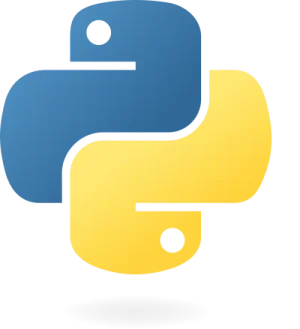Accessing Items in Python Dictionaries
In Python, dictionaries allow you to access their items by referring to their keys. This can be done using square brackets or the get() method. Let’s explore these methods with examples related to books.
Accessing Items by Key
You can retrieve the value associated with a specific key by using the key name inside square brackets:
books_dict = {
"title": "1984",
"author": "George Orwell",
"year": 1949
}
book_title = books_dict["title"]
print(book_title) # Output: 1984
Alternatively, you can use the get() method to achieve the same result:
book_title = books_dict.get("title")
print(book_title) # Output: 1984
Retrieving Keys
The keys() method returns a view of all the keys in the dictionary:
keys_list = books_dict.keys()
print(keys_list) # Output: dict_keys(['title', 'author', 'year'])
Since this view reflects changes made to the dictionary, adding or removing items will be visible in the keys view:
books_dict["genre"] = "Dystopian"
print(keys_list) # Output: dict_keys(['title', 'author', 'year', 'genre'])
Retrieving Values
To get a list of all the values in the dictionary, use the values() method:
values_list = books_dict.values()
print(values_list) # Output: dict_values(['1984', 'George Orwell', 1949, 'Dystopian'])
Like the keys view, this list updates with changes made to the dictionary:
books_dict["year"] = 1950
print(values_list) # Output: dict_values(['1984', 'George Orwell', 1950, 'Dystopian'])
Retrieving Items
The items() method returns a view of the dictionary’s items as key-value pairs in tuples:
items_list = books_dict.items()
print(items_list) # Output: dict_items([('title', '1984'), ('author', 'George Orwell'), ('year', 1950), ('genre', 'Dystopian')])
Changes to the dictionary will be reflected in this items view:
books_dict["author"] = "G. Orwell"
print(items_list) # Output: dict_items([('title', '1984'), ('author', 'G. Orwell'), ('year', 1950), ('genre', 'Dystopian')])
Checking for Key Existence
To check if a specific key exists in a dictionary, use the in keyword:
if "author" in books_dict:
print("Yes, 'author' is one of the keys in the books_dict dictionary")
This will confirm whether the key is present in the dictionary.
Summary
Accessing and manipulating dictionary items is a fundamental skill in Python. By understanding methods like keys(), values(), items(), and how to check for key existence, you can effectively manage and interact with dictionaries in your Python programs.
